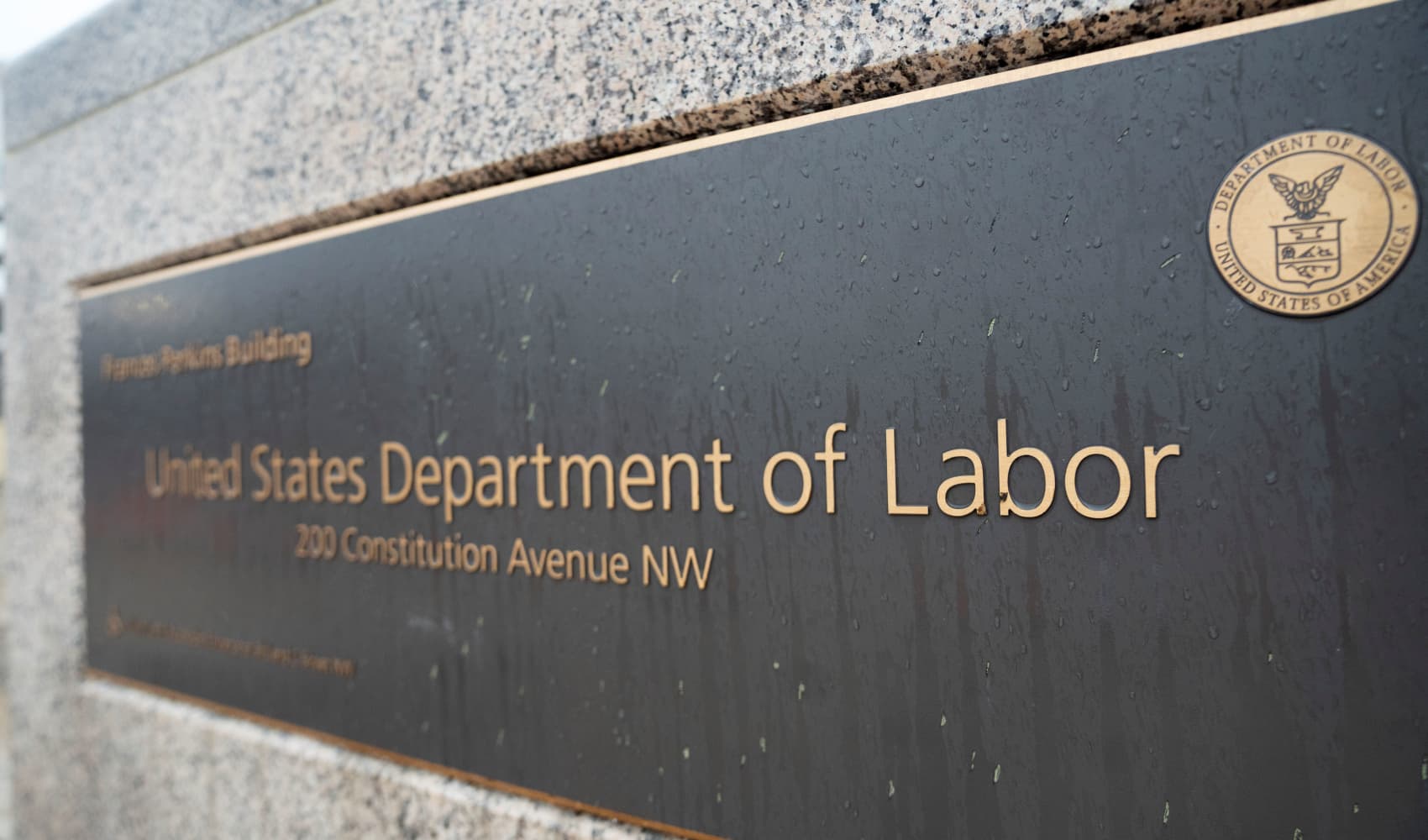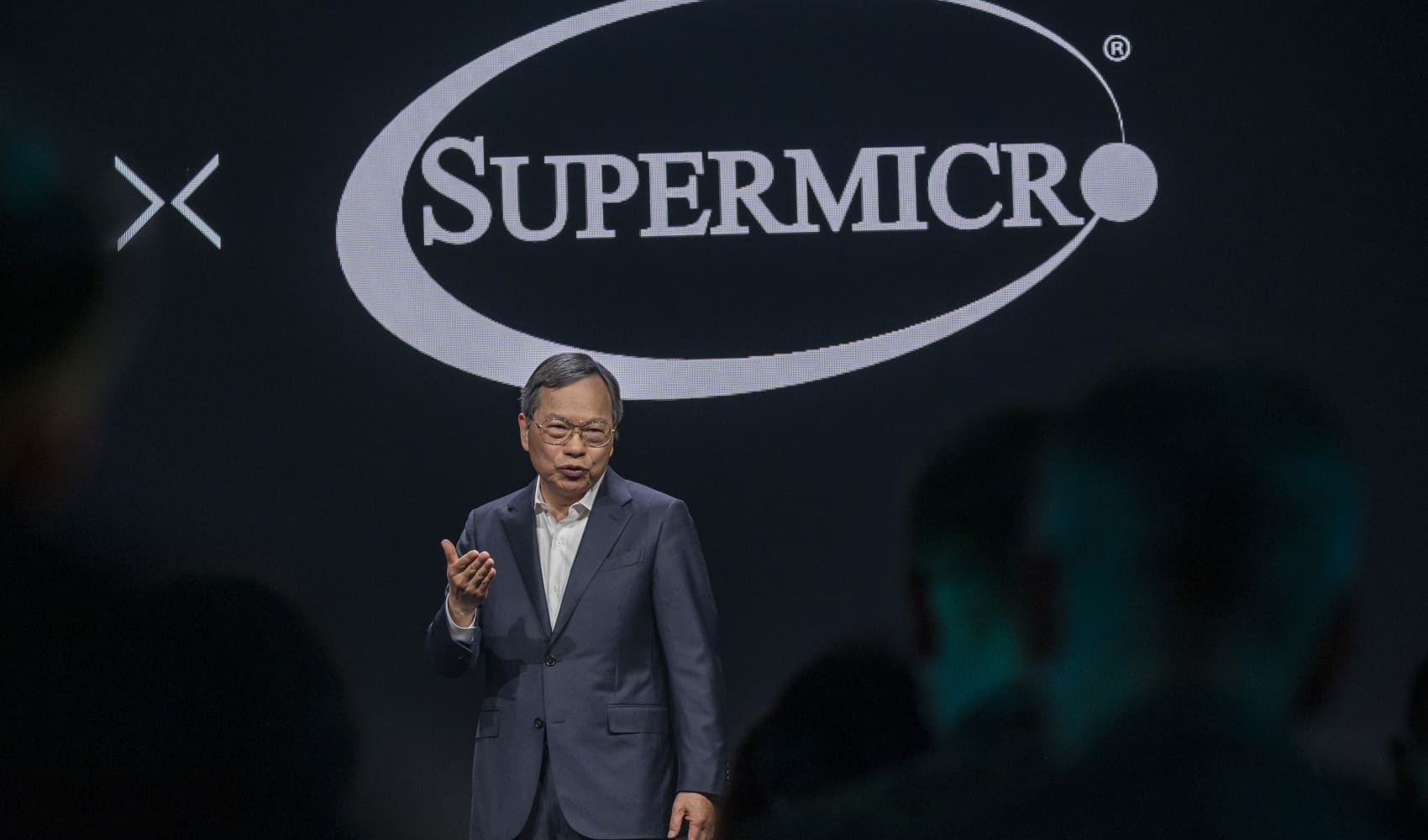
When I waited tables, the other servers and I tried to develop a sense for which kinds of groups would end up being good tippers.
One suited businessperson ordering for the whole party? Usually a good sign. Tables checking their watches and "thinking about maybe ordering some food" toward the end of happy hour? Good luck.
As it turns out, maybe we should have been keeping an eye out for Browns gear.
Restaurant software firm Toast examined 12 metropolitan areas to determine the best tipping city. Cleveland ranked No.1 on the list with diners there adding a 20.6% gratuity to their checks, on average. San Francisco brings up the rear, with a 17% average tip.
Get New England news, weather forecasts and entertainment stories to your inbox. Sign up for NECN newsletters.
These are the average restaurant tipping rates in 12 U.S. metro areas
- Cleveland: 20.6%
- Denver: 19.8%
- Salt Lake City: 19.6%
- Phoenix: 19.5%
- Richmond: 19.3%
- Chicago: 19.3%
- New Orleans: 19.0%
- New York: 18.7%
- Washington, D.C.: 18.6%
- Seattle: 18.0%
- Los Angeles: 17.5%
- San Francisco: 17.0%
The etiquette of tipping in the digital payments age
Money Report
The Toast study was based on transactions where the tip was added via credit card or digital payment, which feels apt. Just about every transaction you make these days, it seems, comes with a tablet being flipped in your direction with suggested tip amounts.
Having worked in the restaurant industry, I always considered myself a good tipper, at least where sit-down table service was concerned. As long as the server doesn't stick a fork in my eye, they get 20% — more if they're especially good.
When it comes to those tablets, I tend to get a little more confused. I recently picked a few things up at a local grocer/convenience store/deli, and when the touchscreen flipped, I was prompted to tip 20%, 22%, or 25%. On a 12-pack of beer and some chips and dip I'd have normally tipped, well, nothing.
"It can feel like a pressure moment," says Daniel Post Senning, co-author of "Emily Post Etiquette: The Centennial Edition." "The rules around whether you tip and how much you leave haven't changed just because we have [point-of-sale] touchscreens."
So what are the rules?
When it comes to waitstaff, the good people of Cleveland and I have it right, says Diane Gottsman, an etiquette expert and owner of the Protocol School of Texas. "The guideline is 15% to 20%, but err on the side of 20%-plus. Many restaurant workers are struggling and the industry hasn't come all the way back yet."
Takeout and counter service are "like a tip jar — not necessary but generous," says Gottsman. When presented with digital tip suggestions, we tend to go on "fast-forward," she adds, so take a breath and look at your options.
"If one of those options suits you, pick that one. If not, you can always hit 'custom tip.'"
It may be that you're not comfortable leaving a tip at all. That's OK too, says Elaine Swann, an etiquette expert and founder of the Swann School of Protocol. While certain service workers rely on tips to make a living, others, such as baristas, receive an hourly wage. "It's fine to hit 'no tip' or 'continue' or even ask how not to include a tip," she says. "And you can do so with confidence."
Ultimately, your best course of action is to include a tip that makes you feel good, says Senning. "Don't let tech interfere with an interaction between two real, live people," he says. "Tipping works best when there's a person you want to be appreciative of. Keep that feeling central."
DON'T MISS: Want to be smarter and more successful with your money, work & life? Sign up for our new newsletter
Get CNBC's free Warren Buffett Guide to Investing, which distills the billionaire's No. 1 best piece of advice for regular investors, do's and don'ts, and three key investing principles into a clear and simple guidebook.
Check out: Millennials may be using credit cards as a ‘de facto emergency fund’—here’s why they shouldn’t






